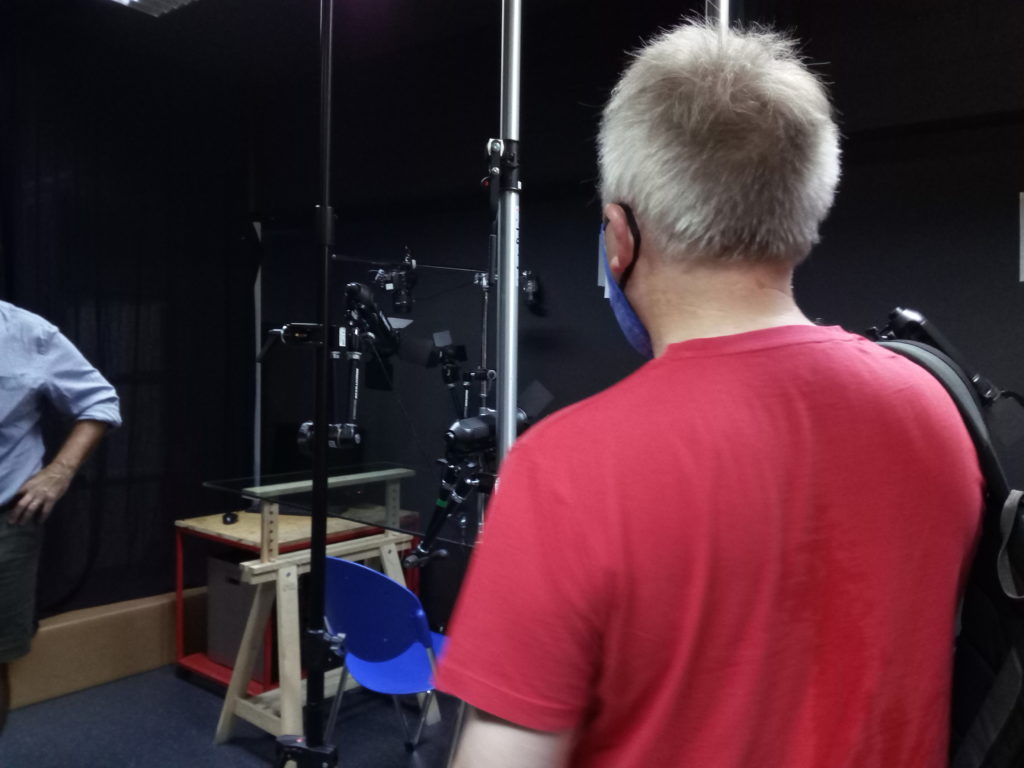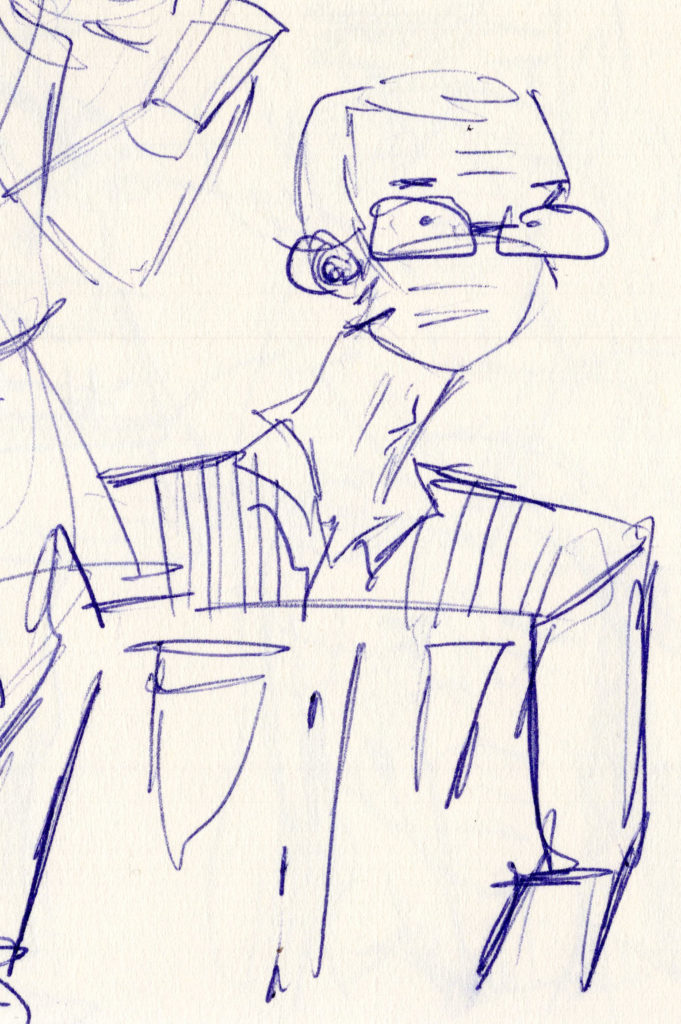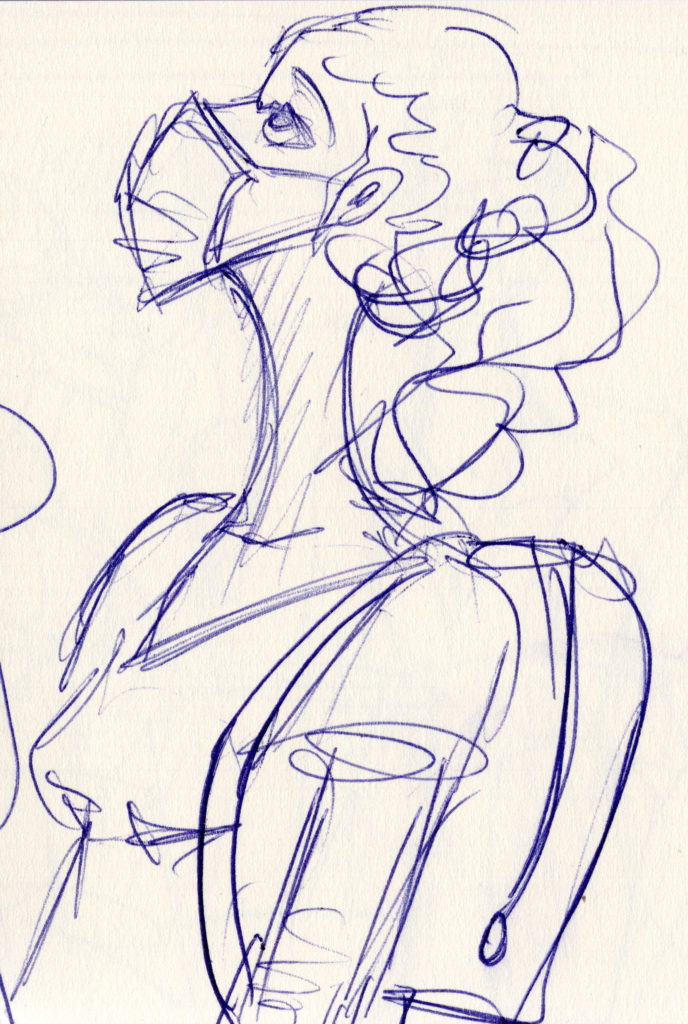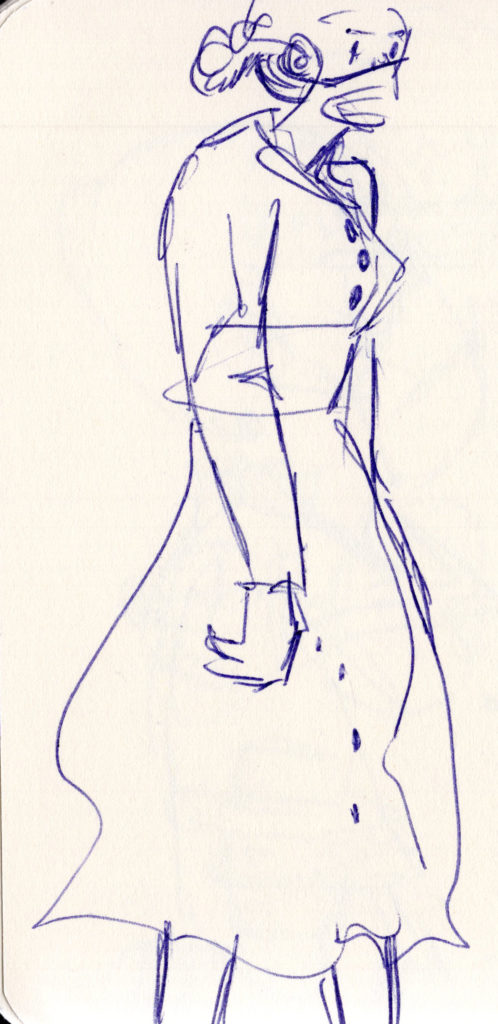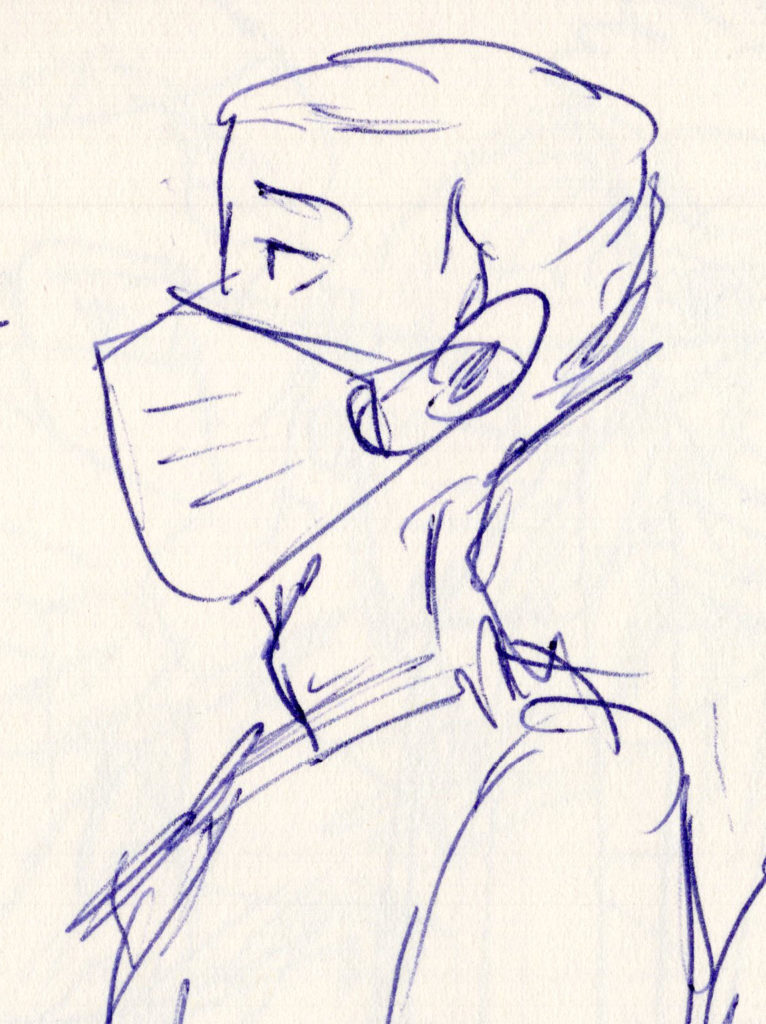
FilmEU Summit 2021 - IADT Student Representative Reflection By Sophie Quin
Film EU Summit – September 21st to 23rd 2021 – IADT Student Representative Reflection. By Sophie Quin.
In the Summer of 2021, IADT offered me the opportunity to attend the FilmEU Summit as a Student Representative. Unsurprisingly, I said yes and on the 21st of September flew out to Lisbon, where Lusófona University were hosting the summit. As part of this I was a member of the first FilmEU Academic Council and acted as a Student Moderator on the ‘Challenges to the Industry’ roundtable discussion, co-moderated by Barry Dignam (IADT) and another student, Ella Esposito (LUCA, Belgium). Both events were to take place on the second day of the summit.
This was the first summit I have ever attended and I was, admittedly, a little nervous. Apart from the general nerves, the restrictions that came with the Covid 19 Pandemic meant that I, like most of the rest of the planet, hadn’t left home for any substantial length of time in about two years. Suddenly I was in Lusófona’s Fernando Lopes Movie Theatre, in Portugal, with about a hundred other people from four different HEIs (Higher Education Institutions), three of which I had only fleetingly read about on the FilmEU website. Luckily, a good number of IADT staff and another IADT film student had traveled out to the event. In general, everyone was friendly and surprisingly easy to chat to. Most people had excellent English and as one of the only apparently mono-lingual students a small part of me felt a little in awe of everyone. This again reminded me that I really should learn another language and reiterated the peculiarity of the Irish relationship with language learning.
FilmEU Summit Day 1 – 21st September 2021: FilmEU RIT, Film Screening and Welcoming Drinks
The first day was more of a welcoming than a working day (for this student at least). In the morning, I headed into town with a few of the IADT staff and got a chance to see the incredibly beautiful city of Lisbon. In the afternoon the essential FilmEU RIT was held. This ceremony formally cemented an alliance between the four institutions, a major step towards creating the FilmEU European University of Film and Media Arts. Then a selection of the four institutions’ films were screened for attendees.
The screening was particularly interesting. I hadn’t known which films IADT had chosen to screen, though I wasn’t surprised when To All My Darlings and The Fall of the Ibis King were selected, both being interesting films that have done well at festivals and are a credit to the college and their creators. I was delighted to finally see The Fall of the Ibis King as I’d seen little bits of it at screenings in 4th year and it was fantastic that it had all come together so well. Next came the offering from SZFE (pronounced SFE in English and SFA in Hungarian, which was weirdly memorable so well done to the describer!). This film was heavy going. Beautiful and visceral, but heavy. It was about a woman’s struggle to get water so that she could wash her hair. Set in Eastern Europe during a time when the water supply has been cut off by the authorities and a war means that going outside is dangerous. She faces many hardships (from getting shot at, assaulted and injured by stagnant water) and the sheer normality of her responses was truly affecting.
Lusófona also had two solid projects. One was a Kino Eyes short with a huge production crew and elaborate values about two girls in the USSR who have fallen in love and are ill fated. The other was a digitally drawn animation about a girl who had left Brazil and had gone to live in a new country. Both were solid and I was happy to see some animation. Finally, LUCA didn’t show any projects in full but had put together an interesting showreel with lots of intriguing nuggets of footage. I would have personally liked to have seen something in full but it was nice to see a selection. Afterwards there were welcoming drinks nearby and here there was a chance to talk to other people from different institutions.
FilmEU Summit Day 2 – 22nd September 2021: First Academic Council, 2 x Keynotes, Presentation FilmEU Challenge Samsara Model, 3 x Roundtables (Challenges to Industry, Challenges to Academic, Challenges to Research), and Closing speeches.
The second day’s schedule was packed and began early with the first Academic Council meeting kicking off at nine.
Academic Council Meeting:
It was framed as an introduction to the project, a ‘helicopter overview’ and a summary of what had been done in the last nine months leading up to the Summit. The four allied institutions each had a number of representatives in attendance, with each having supposedly three student representatives along with three staff and a ‘dean’. The Academic Council’s role will be to approve decisions and deliverables and as such a student ought to be an important part of these choices. Film EU want to take a ‘bottom-up approach’ with all members of an institution, including students, lecturers and staff being a part of the decision-making process. These decisions will inevitably affect all members of each institution the important point was made that:
“If we are not able to engage students, researchers, staff and teachers in this project then it will not work.”
As with all such points, the carry through will be potentially challenging but must remain as an integral part of FilmEU’s outlook.
Another quote from the academic Council meeting continued to ring through my head for the rest of the week and kept me thinking about how important this European University of Film could be in changing the perceived roles of creatively based institutions.
While discussing Work Package 6 on the theme of research, something which is of direct interest to me, Manuel José Damásio (Lusófona) stated that:
“Traditionally film schools are not recognised as top players in research. That is changing.”
I sincerely hope that this is the case as the tacit knowledge one receives from the practical creation of media and film lends a huge amount to one’s subsequent academic approaches to a subject. It is not a means of ridding oneself of academic theory, as these are the essential tools used to build the argument, but there can be a different more intuitive sensitivity. This comingling of academics and practical work makes us better as students and as professionals and cannot be underestimated or valued highly enough.
Open FilmEU
The public events of the summit were grouped under the heading, “The role of the cultural and creative sectors in the recovery of a post covid Europe.” This was extremely topical but after a few mentions of the crisis the agenda tended to focus quite broadly on topics such as equal opportunities, equality, environment, funding and so on.
Keynote speeches
There were then two Keynote speeches, one by Anna Valtonen (Aalto University, Finland) and another by Maria Silvia Gatta (European Commission). Both were interesting, but I found Valtonen’s talk particularly engaging. Valtonen was a highly entertaining and enthusiastic speaker, whose ideas were varied. Though not directly from the field of film, she had many useful and insightful opinions about the potentials for the FilmEU project. She spoke about the challenges that society was facing and the changes that were inevitably a part of the ecological crisis. As students and, soon, young professionals we need to be more environmentally conscientious and I must admit that I find the prospect of tackling these issues still very daunting. (The next day Work Package 8 mentioned the need to understand the ecological cost of cloud and digital storage, a hugely important part of any film or media institution.) The three things that she deemed most important were sustainability, radical creativity, and entrepreneurial mindset. She warned against those who believed that this kind of thinking was naïve or too large and believes that we can do it and create these changes within our industries. She observed that film and visual media were now the norms used in communication and that this visual communication is the way the youth (of which many students are a part) now most commonly disseminate ideas. She implored these forming filmmakers to think deeply about how they have the potential to incite positive change through their work and surmised that:
“You are the people who are pro in getting people to feel. How do we do this communication in a way that makes sense to people?”
Culture is now highly visually oriented and the role of filmmakers and media professionals is now more important than ever. Valtonen captured a little of the potential power of this area of creativity and industry and made me consider the deeper potentials of the creative and cultural sectors.
After Lunch – Samsara Model and The Roundtables
There was an hour’s lunch break and then a Presentation on FilmEU’s pedagogical model, the Samsara model.
It then came to the Challenges to Industry Roundtable. The roundtable I moderated on was made up of an interesting mixture of people, with Nuno Bernardo (Beactive, Portugal), Camille Poille (VRT, Belgium) and Goncalo Galvao Teles (Fado Filmes, Portugal) as guests. There were three moderators, one IADT staff member moderating, Barry Dignam, and two student moderators, myself and Ella Esposito (LUCA, Belgium). I was far from alone and both asked insightful and thought-provoking questions. We began the conversation with a set of pre-agreed questions and other than a momentary silence when the link to Nuno didn’t come through to the cinema it was remarkably smooth. The conversation centred on what challenges the industry has faced during and after Covid, though there was space to discuss other issues too. (According to Goncalo Covid had taught us and the creative sectors ‘nothing’ but he did give an extremely good answer as to why he thought this was the case!) Barry jovially set the tone of the discussion with the introductions and made sure we all kept within the time limits. It was easy to talk to Goncalo as he was physically present in the room. Though I had grown more accustomed to speaking over video platforms during restrictions, it was still a little peculiar to ask questions of the roundtable via such a format, though Nuno and Camille answered well and it felt normal enough.
Nuno talked about the economic impact filmmaking can have on tourism and used the bizarre example of Japanese tourists flocking to Ireland to visit the places depicted in the film P.S. I Love You and then went on to talk about the prevailing importance of cinemas in the age of Video on Demand. Camille found that with Covid VRT had “to be very agile as an organisation” and discussed her work promoting young creatives with Belguim’s national broadcaster and using platforms such as zoom and teams to connect young professionals with more seasoned mentors. Goncalo talked about “the exhaustion of lonely consumption” that came with the closing of cinemas during Covid and the continuing need for traditional cinema experiences. He also talked about the strains placed on film distribution and production, and the funny conversations that come up due to generational gaps. Having only two microphones was a little tricky, and as a mere material issue didn’t deduct from the quality of the roundtable discussion. This was due to concerns over potential feedback and was quite understandable, though personally I found it a little strange having to wait for the microphone to be passed each time. (It might be good to have more microphones and the backstage team controlling microphone volumes for the future?)
Following the excitement, the next two roundtables were a bit of a blur. Challenges to academia mentioned ‘micro-credentials’ as one possible route forward and the fact that thinking outside the box can be a learnt skill. On the nature of learning effectively it was said that you need to be willing to step out of your comfort zone.
Challenges to Research made some headway into the discussion of Arts based Research and pointed out that, “academia is not the only site of knowledge production.” It was also a mentioned that female directors still need more support and that 80% of films are still directed by men.
The open day sessions were a good place to see something of the exciting potentials FilmEU will have. Here I must add special praise to the Lusófona and LUCA students who covered the filming and social media aspects of the event and who worked tirelessly all week. As a student whose main function was to observe I felt comparatively lazy as they beetled around and took countless images and videos which will doubtless be useful documentation for future FilmEU events. It’s easy to underestimate the amount of work that goes into film production when it is done well and this was of a remarkably high standard. Really, they already were total professionals! Turning out that much material took a small army of students and hopefully it was a positive and interesting experience for them all.
FilmEU Summit Day 3 – 23rd September 2021: 10 x Work Package Presentations (Intensive and not open to the public) and Bus to Boat on the river Tagus
The final day of the Summit was a closed event and given over to the gritty work of presenting the most recent findings of the work packages. Though admittedly some of the work package presentations seemed far removed from student life and, at least in an immediate sense, was more to do with the behind the scenes running of the institutions, I am glad that I chose to attend them. Work packages 3 and 6 were actually really enlightening and, dare I say, exciting. I knew little about the Erasmus Kino Eyes scheme. The planned Masters on film heritage (renamed, I think, Film Memory) chimes well with my current work, so this was of obvious interest. Currently being a research student work package 6 was really interesting and being given the opportunity to hear about the alliance’s future aspirations in the field of research and innovation was exciting. It shows that in years to come this alliance will grow and offer more incredible opportunities to emerging and even established professionals. One quote that I particularly liked from this presentation was that FilmEU would seek to:
“Overcome bureaucracies and walls and allow people like filmmakers to be creative in academia.”
And similarly, I liked Susanna Helke’s earlier conviction that FilmEU’s research and innovation should help to, “break the bridge between theory and practice.”
Work packages can be relatively monotonous if you are not directly involved in them but I would encourage anyone to listen out for what sounds interesting and try to attend a couple at least to get the gist of what they’re about. I would say to a student that they will get an insight into the alliances plans and see how complex and careful the planning and collaboration between institutions will be.
The day ended with a dinner on a boat that chugged down the picturesque River Tagus estuary and was another opportunity to talk to people from the different institutions.
‘Free Day’ in Lisbon – 24th September 2021: Conference over and free morning, Visited Lusofona’s animation department and was given tour and Going Home.
During the farewell dinner on the boat the night before, David Quin had organised to meet with one of Lusófona’s animation department lecturers, Paulo Viveiros. David invited me along as I studied animation for my BA degree and was eager to see another institution’s animation department.
We went to Lusófona at around 10 and having found Paulo he introduced us to the incredibly friendly administrative staff in the office upstairs and Ricardo Mata, one of the practical staff on the animation course who has a background in design. They led us to a building, which transpired to be a large workshop space dedicated to designing and building characters and sets for stop-motion animation. It was a spacious room with a large number of desks, saws, tools and a store room. The store room was well stocked and neat, with wire, mounds of foam and modelling equipment stacked on shelves. A number of partially finished characters and sets were visible. Like IADT there was student artwork pinned up on the walls. There was one roster room in this building and we discovered more spaces to shoot in another.
Having had a look around we were then shown the life drawing room, where design students were being given a lecture and another (bigger!) roster room space, in a different building, with about eight permanent stop-motion set ups. This room was fully darkened and curtains could be drawn between students. Each workspace had a camera, a set of at least three lights on tripods, a glass topped table surface on which to animate (or a multiplane set up) and an instruction sheet pinned to the wall. These sheets adorably labelled each workspace as distinct, with the name of a famous animator (such as Norman McClaren, Nick Park, Jan Svankmajer and Lotte Reiniger). It also listed what was included in each setup and provided a diagram and tips on how to use it. This appeared to be a permanent space where students can create stop-motion animation in a professional looking environment. Paulo and Ricardo mentioned that they use Dragon Frame software and that many students have taken the opportunity to work in stop-motion for their final year projects.
In IADT there are currently no permanent spaces for animation students to practice stop-motion. The layout of Lusófona’s stop-motion roster rooms and workshops is simple, but very useful and accessible and may be beneficial to visit if IADT ever consider building such as facility. Similar to IADT there was also a number of computer labs and here students were completing exercises on digital animation principles guided by a lecturer. Interestingly, unlike IADT Lusófona doesn’t appear to have any spaces with traditional hand-drawn animation desks, so this could be a point of exchange between the two institutions. Hopefully in the future of FilmEU mobility schemes will be extended to animation students as it would be an incredible experience to visit Lisbon (or LUCA) and create films there!
Finally…
Previously I have had a very blinkered outlook on college life as my main focus has always been on the completion of a project that is of immediate relevance to me. Attending a summit like this that has far reaching implications for the future of European film education has revealed that there are other places that are doing phenomenal work and that there are opportunities to go to interesting places and visit other countries not just as a tourist but with the aim of furthering education and contacts.
If I was to attend any event like this again, I think I would make an effort to print business cards as scrambling for phones can be a bit of a pain and business cards give an opportunity to be more memorable. For a future event I would suggest printing attendees’ names on the lanyards. This might sound like a merely logistical nightmare but it’s helpful, as sometimes seeing a name written down will make them easier to remember.
Though not a direct or written aim of this Summit I found that I actually got to know, and sometimes meet, people from IADT itself. IADT is a friendly campus and generally there is a good rapport between students and staff, both teaching and otherwise. But sometimes when you’re in college every day and focusing on the next submission, or the meeting in ten minutes, there simply isn’t an opportunity to meet people. From a students’ point of view attending a conference like this gives a far broader picture of what goes on in any institution and a glimpse at the amount of work and meetings that take place. Being an active part of the decision-making process further legitimates the feeling of community and of your value as a student voice. Though I don’t think this meeting was the place for sweeping statements and decisions it was still an excellent opportunity to observe and I would implore any student at IADT to look into the options for Erasmus mobilities. If not during BA study, then certainly MA would be a good time to see a different place and get some good work done at the same time. I look forward to hearing about IADT’s future part in this incredible alliance. Thank you to IADT for allowing me to represent the college and to Lusófona university for their excellent work in hosting the FilmEU Summit 2021!!
Discoveries/tips from my days in Lisbon:
- Wear Sunscreen
- Be Friendly and talk to people from other institutions
- Take Notes (or pictures, drawings, videos)
- Get water when you can and carry a reusable bottle
- Attend as much as possible
- Remember your lanyard!
- Carry an Extra Mask
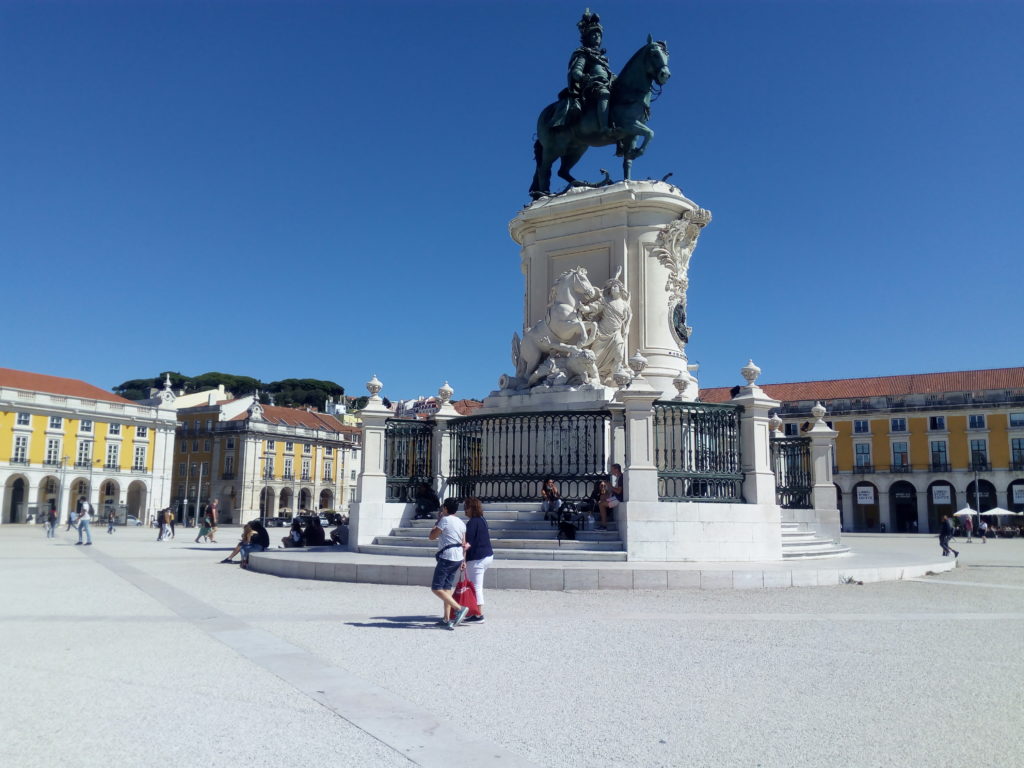
Figure 1 A snapshot of Lisbon on the first day; a pure blue sky and work yet to begin!

Figure 2 Screengrab -YouTube "FilmEU Summit - 22nd September 2021 - Live Stream 2" (1:37:46) Challenges to the Industry Roundtable.
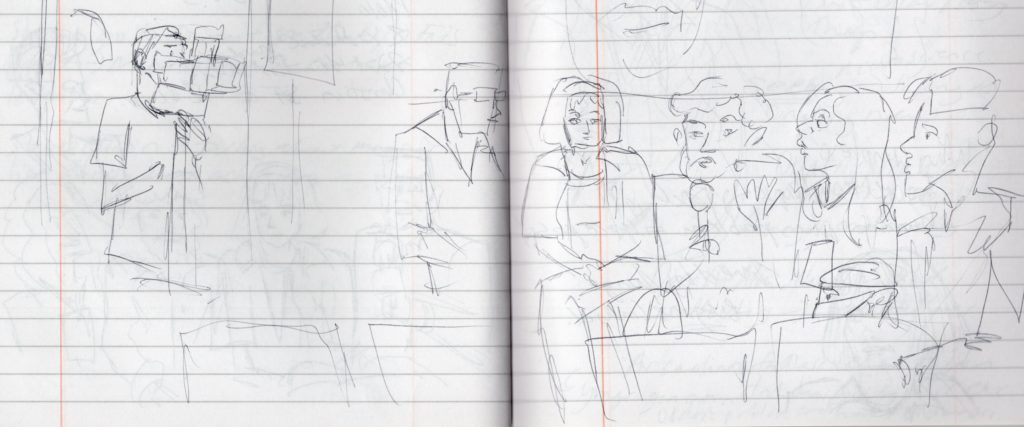
Figure 3 Sketches and notes taken during the second day of the FilmEU Summit – really rough sketches!! (22nd September 2021)
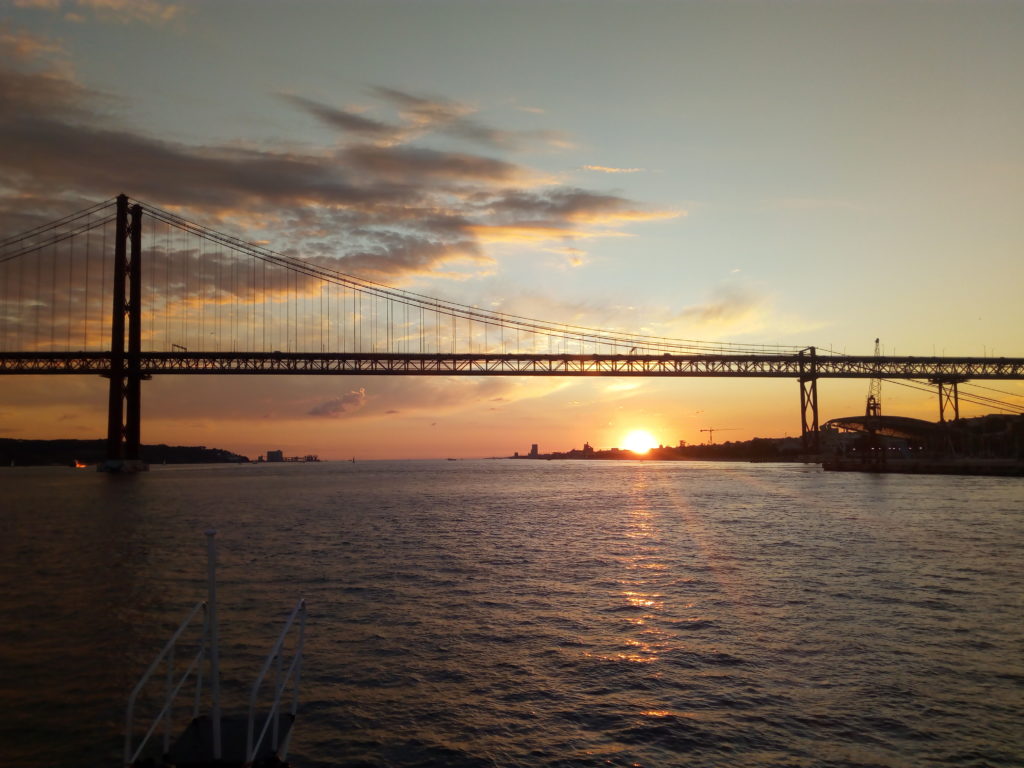
Figure 4 Sun setting over the River Tagus estuary and the final dinner and evening in Lisbon.
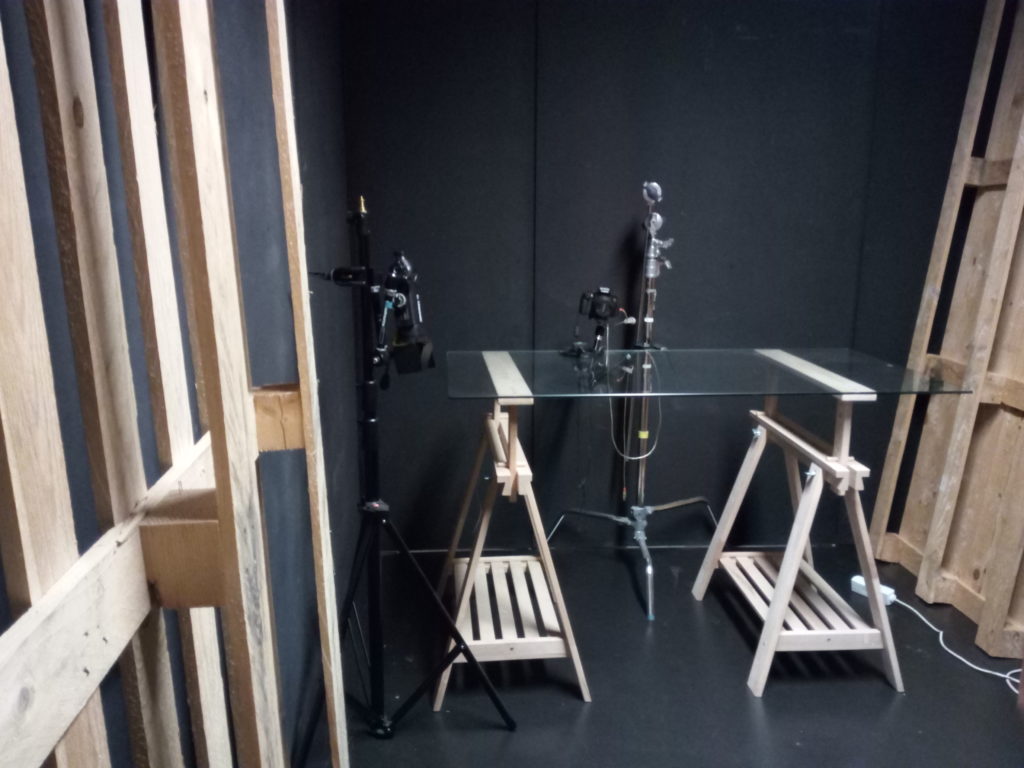
Figure 5 Stop-Motion and animation at the Lusófona Campus – 24th September 2021
